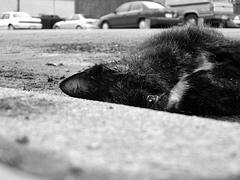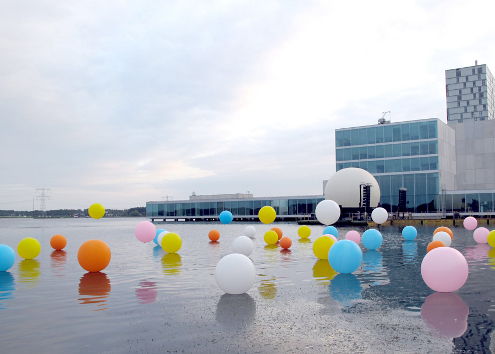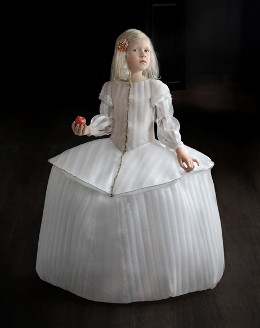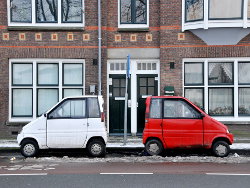 On June 28 Dutch National Ballet will perform a dance that includes a group of disabled people in their Canta cars.
On June 28 Dutch National Ballet will perform a dance that includes a group of disabled people in their Canta cars.
The ballet is part of a larger project that includes a documentary series by Maartje Nevejan and a book by Karin Spaink about the Canta microcar, the only car that can legally drive on bike paths and pavements in the Netherlands, exclusively sold to the disabled.
Spaink herself has Multiple sclerosis. In the book, De Benenwagen, she writes about the moment when it was time to face the hard truth, the moment she had to get an invalid car:
Everything changed. Using my crutches, my speed was 3 km/h and my range 500 metres. With the wheelchair I reached speeds of 8 to 10 km/h for up to five minutes. […]
[When I took my first test drive], the speed scared me. “Oh no”, I panicked, “I cannot do this! I am so sorry… Please take it back to the factory! I made a terrible mistake.”
The mechanic made me stop to catch my breath. “Don’t worry, really, you’ll get used to it.” […] He was right. I got used to it in no time. […] The Arola [the Canta’s predecessor] gave me a large part of the freedom back that I had had to give up due to my disability.
The book talks about the history of the Canta, how it was designed by former Ferrari F40 racing driver Dick Waaijenberg, how it is the one car in the Netherlands that may drive on bike paths and pavements (other microcars are treated like mopeds before the law), and how Waaijenberg only sells them to the disabled. There are companies and organisations that own them, but they have to find theirs on the second hand market.
Karin Spaink does a good job of explaining the various aspects of the Canta and its predecessor Arola. The chapter where she joins the mechanic for his daily round is both insightful and moving. It provides a glimpse into the sort of people that need a Canta, and through Spaink we witness a man who gets sentenced to a life of decreased mobility, as his handicap has advanced too much for him to safely drive a microcar any more.
Benenwagen literally means ‘leg car’, and is used in an expression. If whiny kids ask their parents “but how will I get there?” when a distance is trivial, the answer will be “use the leg car”.
De benenwagen, Het succesverhaal van de Canta, Karin Spaink, ISBN 9789038894928.
Disclaimer: I have known Karin Spaink for almost two decades, and have supplied one of the photos for the book. The photo shown here though is by the prolific Facemepls, and is ‘some rights reserved‘.
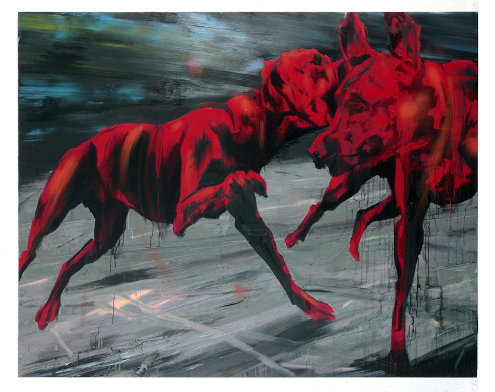
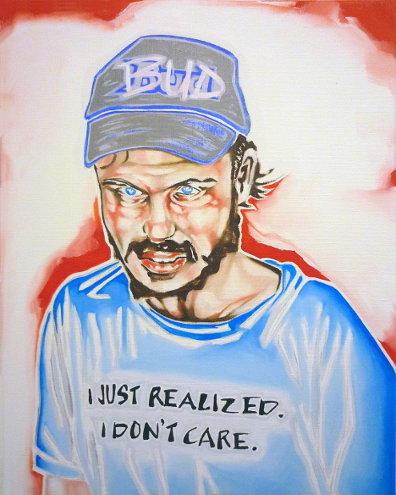

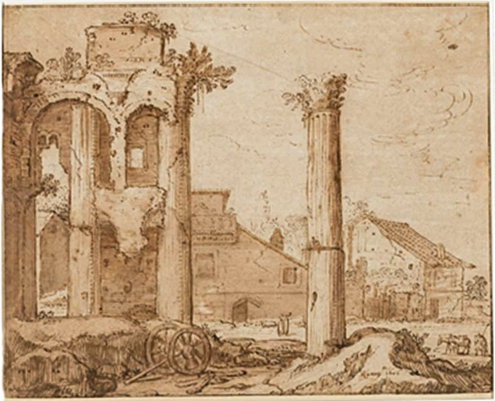
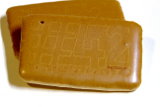
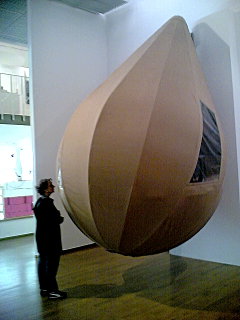 Rotterdam-based artist Dré Wapenaar came up with these tear-shaped tents that can be hung from the stems of trees.
Rotterdam-based artist Dré Wapenaar came up with these tear-shaped tents that can be hung from the stems of trees.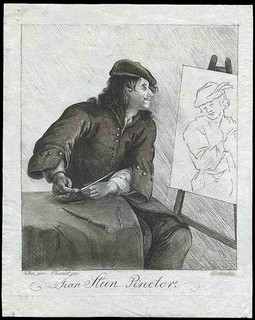
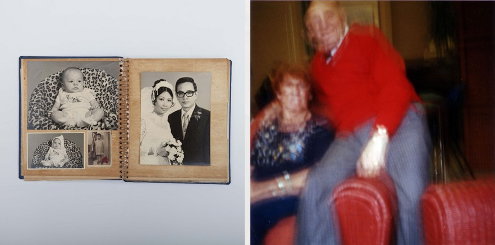
 On June 28 Dutch National Ballet will perform a dance that includes a group of disabled people in their Canta cars.
On June 28 Dutch National Ballet will perform a dance that includes a group of disabled people in their Canta cars.